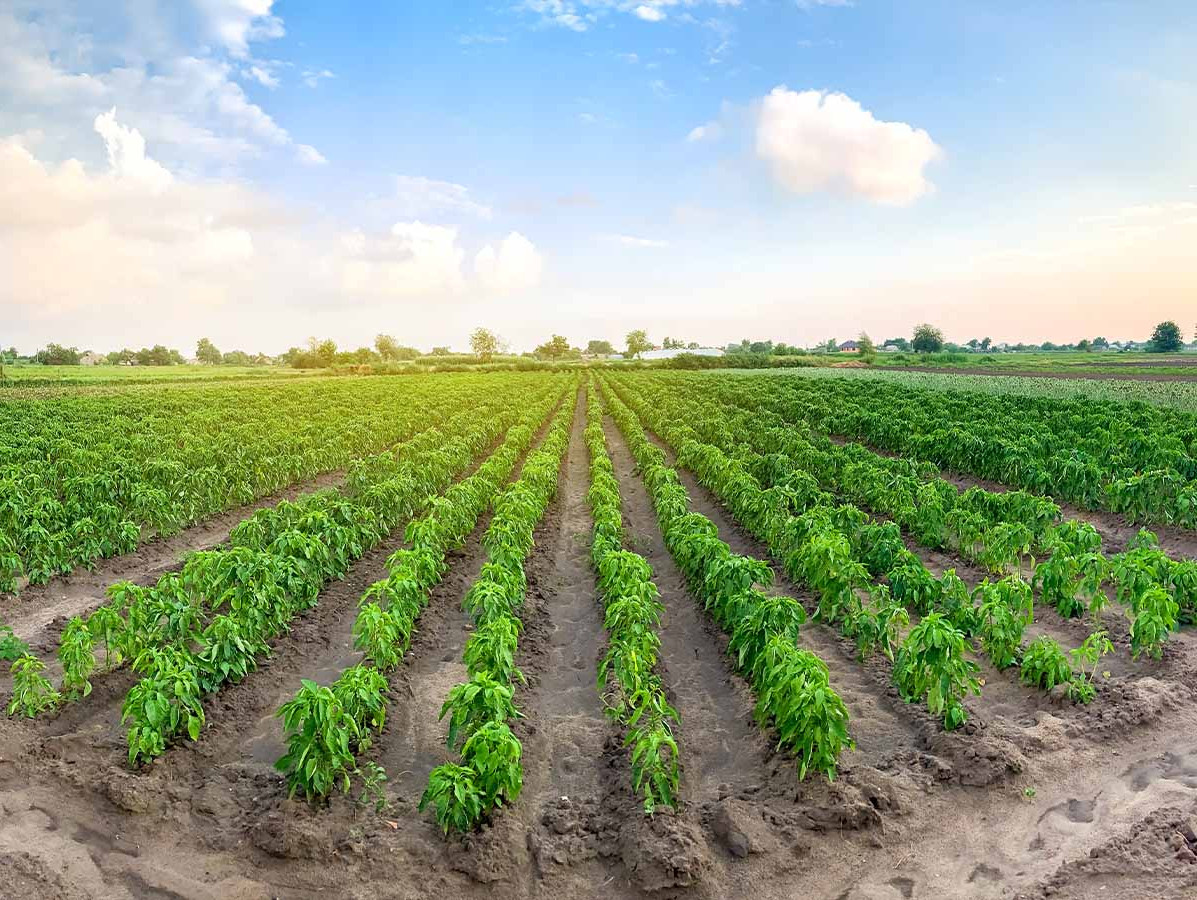
What are the most recent developments in the realm of blockchain applications? What opportunities and challenges does the technology present to the agri-food sector in the Netherlands? And what would help blockchain applications grow and accelerate? Wageningen University & Research takes a realistic look at the current landscape, best practices and key problems, and considers how blockchain could be scaled up in future.
Blockchain is essentially an information technology for the exchange of data and information between different parties.
From a strategic and policymaking perspective, blockchain is relevant to agri-food in terms of:
The key challenges in the application of blockchain for agri-food are:
The application of innovative technology opens up an important role for the government to promote initiatives and experiments that contribute to the achievement of societal objectives and to facilitate mutual learning between different experiments. Public-Private Partnerships (PPPs) are also an essential way of ensuring broad application and adoption. This will require a focus on the following issues:
The implementation of blockchain applications goes hand in hand with a range of technological and organisational changes that form an essential part of achieving more transparent and efficient forms of collaboration. As many people have already found, it’s a complex process. However, there are practical steps that we can take to unleash the potential of blockchain for a sustainable agri-food sector. It’s up to all of us to make it happen.
Source: Wageningen University & Research